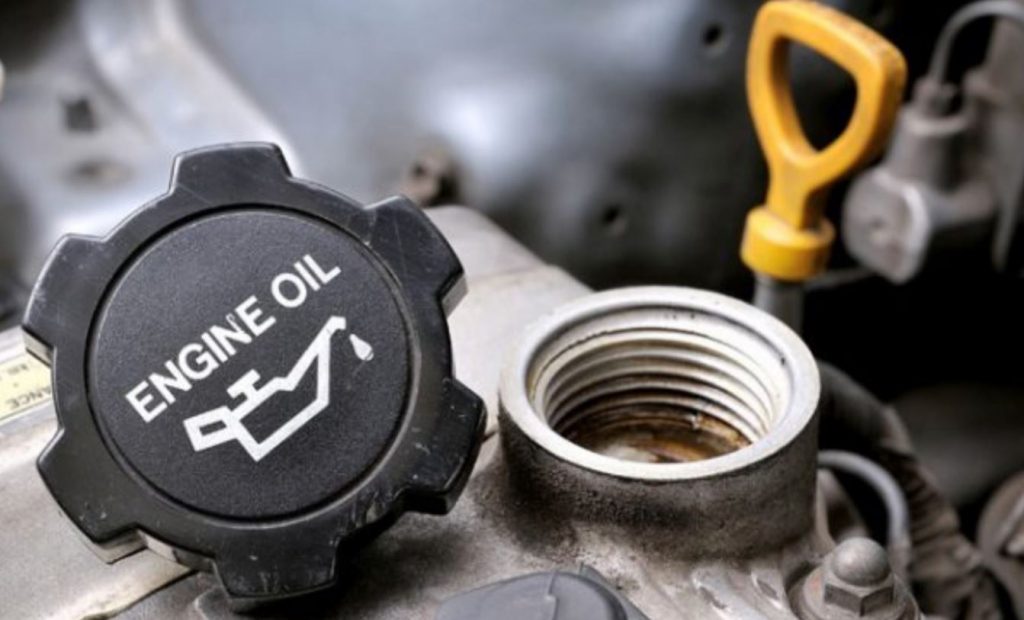Changing the oil in a car is one of the easiest maintenance procedures out there. The oil lubricates moving parts of the engine and, at the same, regulates its temperature. These are integral functions of oil that keep an engine running smoothly, which is why it’s essential to change it regularly. However, something as crucial yet simple is not always done as often as it should be by some car owners. Not only will this cause damage to an engine, but seal a future of costly repairs, too.
Avoid the repair costs and your car breaking down on you by learning when your vehicle needs an oil change. Here are the main signs that indicate you need to see your auto care service provider for an oil change.
Noticeable Engine Noise
As time passes, the engine becomes noticeably noisy. Although that can be concerning, for the most part, it’s normal. This is one of the most obvious signs that a car is due to an oil change. As oil becomes old and thin, it fails to lubricate the moving parts of an engine. To prevent metal-to-metal friction and a quiet engine, go for an oil change.
A Funny Smell From the Inside
If you smell oil or like something’s burning from inside the car’s cabin, that’s another red flag. If it smells like oil, then that could mean that there’s some leaking going on. But if it smells like burning, then the engine could be overheating. Since one of the functions of oil is to regulate vehicle temperatures, once it gets old and dirty, it becomes less effective. To prevent further damage to the engine and possibly your health, schedule an oil change asap.

The Oil Change Light Is On
Imagine running with little to no oil and on the brink of breaking down on a hot day. That’s how your car feels when the weather is hot, and it barely has any oil left.
When the oil change light lights up, believe that it’s trying to tell you something. As soon as you notice that it’s illuminated, check the dipstick under the hood. Observe the consistency and color of the oil and the indicator at the end of the stick the oil touches. If the oil is black or brown, dirty, and on the low indicator, your car needs an oil change.
Excess Exhaust Smoke
It’s normal for the exhaust to exit from a car’s tailpipes. But if the exhaust is visible and darker in appearance, that’s a red flag right there. This could either mean that the motor oil needs changing, there’s an oil leak, or the engine is faulty. Whatever the case may be, it’s best to get your engine checked for a proper diagnosis.
The Oil Is Grainy and Dark
Let’s say as you dip the dipstick into its slot and bring it up again; you observe how dirty and dark the oil is. It’s more so than when you had your first oil change. As oil lubricates the moving parts of an engine, it collects grime, particles, and other byproducts. This is why it looks darker than it usually is. Although this is normal and expected for oil to turn out like this in the engine, it changes the texture of the oil. If it seems grainy and filled with rough particles, it’s time for an oil change. These particles can even be abrasive to metal-to-metal contact, ultimately contributing to damage to the moving components in your car.
Can I Do Something About It Before the Signs Appear?
The answer is yes, of course, you can! In fact, that’s better for your engine. If there’s one reliable source for knowing when and how often you should change the engine’s oil, it is the owner’s manual. In here, you’ll find the manufacturer’s instructions for an oil change. You’ll most likely see more information about the best oil for your car, too.
The Takeaway
Don’t let your engine endure damage before giving it the oil change it needs. If you put it off any longer, it may result in costly repairs or, worse, irreversible damage. Indeed, nobody wants either for their car.
The oil lubes moving parts to function smoothly and cool the engine down to prevent overheating. These sound like essential jobs, which is all the more reason why you should have your oil changed regularly. If you’re not confident to inspect the oil on your own, consider consulting a mechanic or auto service provider to do the job.











